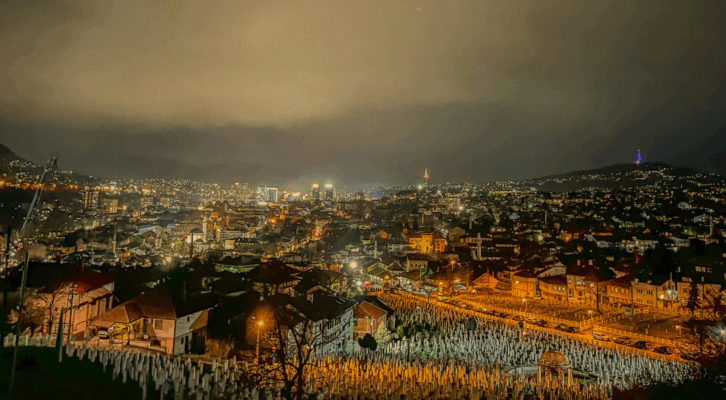We’ve all heard people say of various books, “The setting was like a character in itself.” But can a setting really be a character? Unlike a character, a setting doesn’t have motivation or intention or dialog. Yet we hear this statement time and time again. So how does a setting become so alive in readers’ minds that they declare that it was “like a character in itself?”
Most of the time, setting is simply that—setting, a place where characters live and experience life. But it can be a lot more than a passive place where action occurs. The physical environment, either human-made or natural, can profoundly affect the course of a story and the choices that characters make. With human-made settings, for example, characters can be trapped in rambling houses or castles or jails. In natural settings, rugged topography and weather can affect characters, limit or expand their choices, or even take their lives.
Setting a book in nature can be a powerful way for location to influence the plot and impact the characters. In Nevada Barr’s novel Firestorm, her protagonist Anna Pidgeon is stationed in the Sierra Nevada mountains. There she fights a raging wildfire, with flames blazing through steep mountains. This dangerous terrain makes it even harder, then, to solve a murder that happens, especially when a deadly storm moves into the area. A law enforcement ranger, Pigeon can’t investigate as she normally would because the fire informs how she investigates, and what locations, tools, and back-up she has available. Barr did an excellent job incorporating the setting into an active, changing environment that powerfully affects her characters.
Likewise, in Robert McCammon’s atmospheric novel The River of Souls, the main character, detective Matthew Corbett, must journey up a remote river in the Carolinas in 1703. The swampy terrain, infested with snakes, alligators, and clusters of strange people dwelling outside society, lends much atmosphere and suspense to the story. Corbett has joined in a chase for a fugitive wanted for murder, but he suspects the man is innocent. Until this point, many of Corbett’s investigations had taken place in a bustling metropolis such as Charles Town. By shifting his environment to a deadly swamp, McCammon forces Corbett into unfamiliar territory, with teeming nature dictating Corbett’s progress upriver and slowing him with alligator attacks and treacherous swamp dwellers that he is not accustomed to dealing with.
Human-made locations can also figure prominently in the course of a tale. Special Agent Pendergast, protagonist of many thrilling novels by Douglas Preston and Lincoln Child, lives in a mansion on Riverside Drive in New York City. It’s not a simple house where Pendergast merely eats and sleeps. It’s stocked with a rich library, places to sit and enjoy music, and the house itself sits upon a labyrinthine catacomb of tunnels and strange collections of artifacts. The house is a reflection of Pendergast himself—eccentric and curious—and by experiencing the house, we experience him. It’s not only rich in atmosphere, but contributes many times to the plots, as it’s an excellent place for escape and hiding, chase scenes, and for the storing of strange objects that figure usefully into the stories.
And think of Dracula’s castle, where Jonathan Harker is completely cut off from civilization. He roams the vast halls and drafty rooms in search of a way out, but finds himself trapped. Dracula himself can merely scale down the exterior castle wall, but Jonathan would perish in such an attempt. The castle becomes his prison, its passageways alive with the slinking, eerie brides. If Stoker had housed Dracula in a more simple domicile, the tension and ordeal of Jonathan would not have been as great.
That location affects characters in Stephen King’s The Shining is without doubt. The Overlook Hotel, haunted and alive with sinister intentions, mercilessly torments the family entrusted with its overwinter care.
Writers can also use time to great effect, setting novels in historically dangerous or challenging places. Rhys Bowen’s series of novels about Molly Murphy, a private detective in early 1900s New York City, makes great use of this. Molly, a lone female detective, must often cover ground though dangerous gang-ridden areas of the city where women aren’t welcome. It makes questioning and trailing suspects that much harder for Molly, who must slink through alleys in cover of darkness to escape detection or dress as a young boy to avoid unwanted attention.
Another way that setting can enhance suspense is to consider what tools and advantages are available to a character in a particular environment. If an unarmed character is in the wild and must defend himself against armed assailants, he must cobble together a weapon or devise a trap from the objects around him. Or if someone is cut off from civilization with no cell service and needs medical attention, how the person goes about treating a wound or a broken limb can be fraught with tension. The environment can either work directly against a character, increasing their ordeal, or can provide surprising advantages that can increase the tension of survival and chase scenes.
I really wanted to bring this idea of the environment greatly affecting characters to my own work. In A Blizzard of Polar Bears, the second novel in my thriller series about wildlife biologist Alex Carter, she lands a gig studying a declining population of polar bears in Hudson Bay. Once there, she travels with a small team by helicopter over the sea ice, hanging out precariously with a tranquilizer rifle, searching for bears to tag. When her helicopter crashes on the cold, vast expanse of ice and armed assailants move in, Alex must figure out ways to use the natural terrain to evade them and create traps to slow and incapacitate them. But with blizzards and zero visibility, along with shifting ice and open leads of water suddenly yawning open and snaking through the terrain, Alex’s path back to safety is wrought with more danger than just her human foes.
Incorporating a rich and atmospheric setting into a suspense novel allows writers another level of thrills beyond the twists and machinations of the plot itself. We can make a location come to life in readers’ minds, challenge our characters with blizzards, tornadoes, dangerous neighborhoods, and labyrinthine castles, to win those words of praise, “The setting was like a character in itself!”
***


















